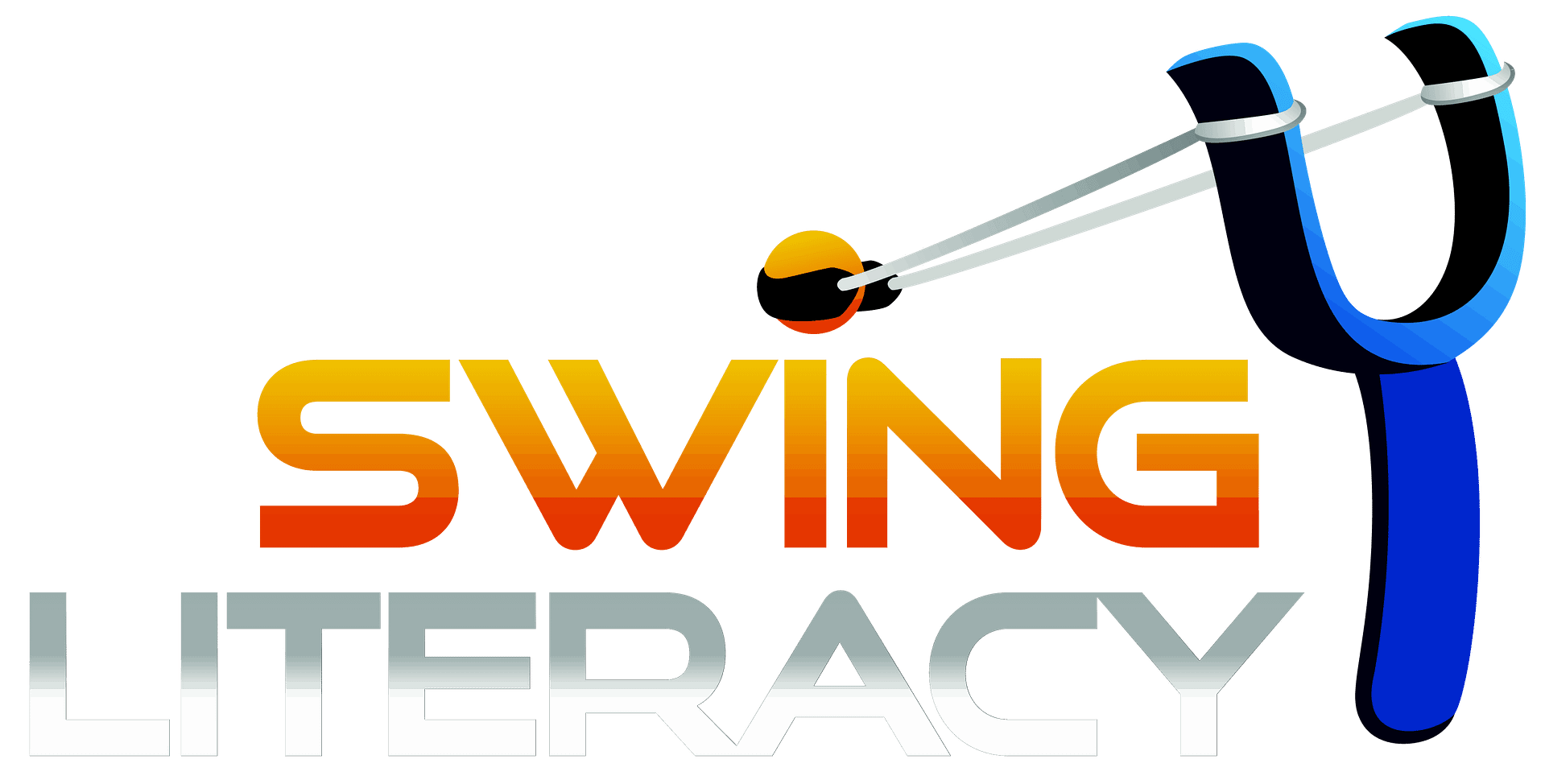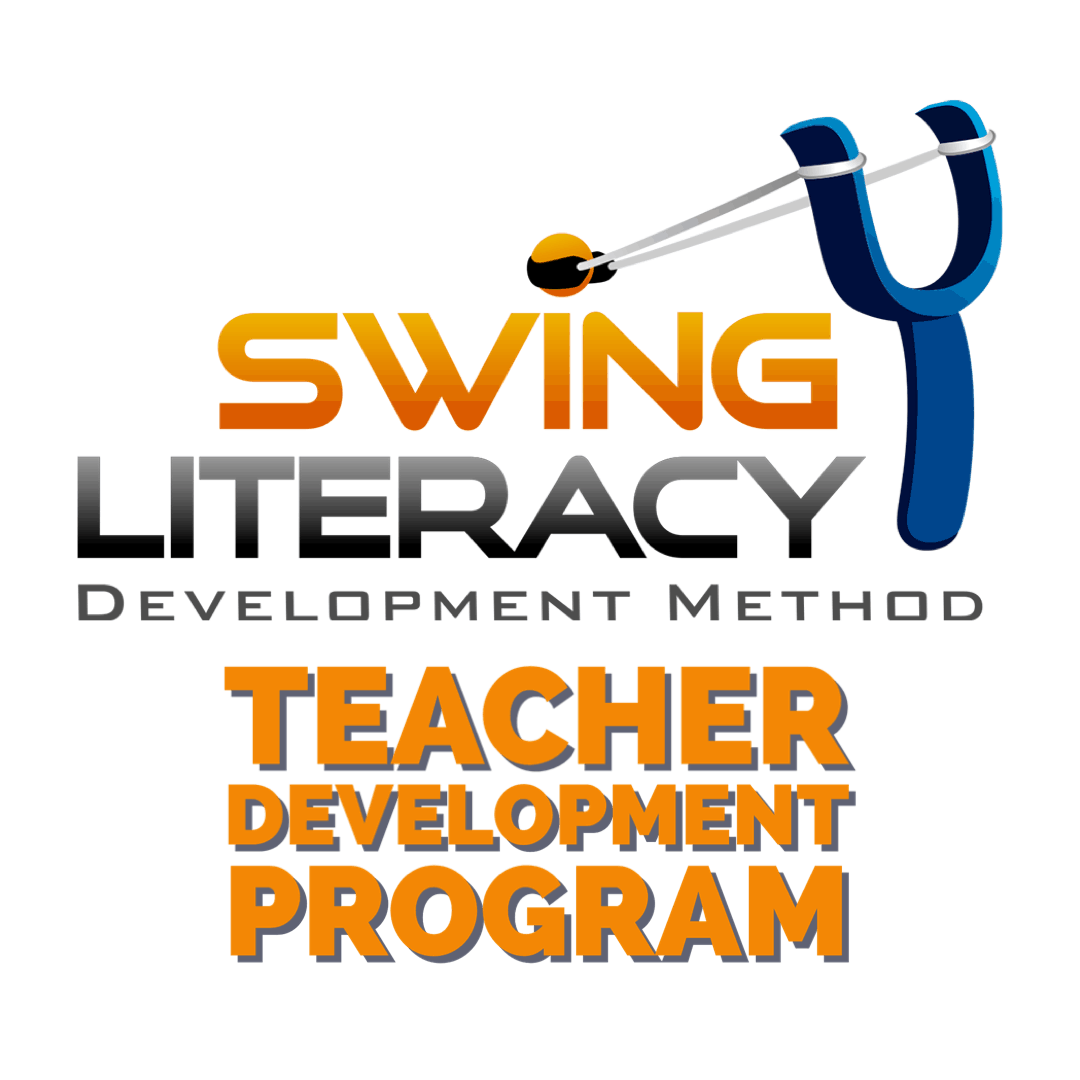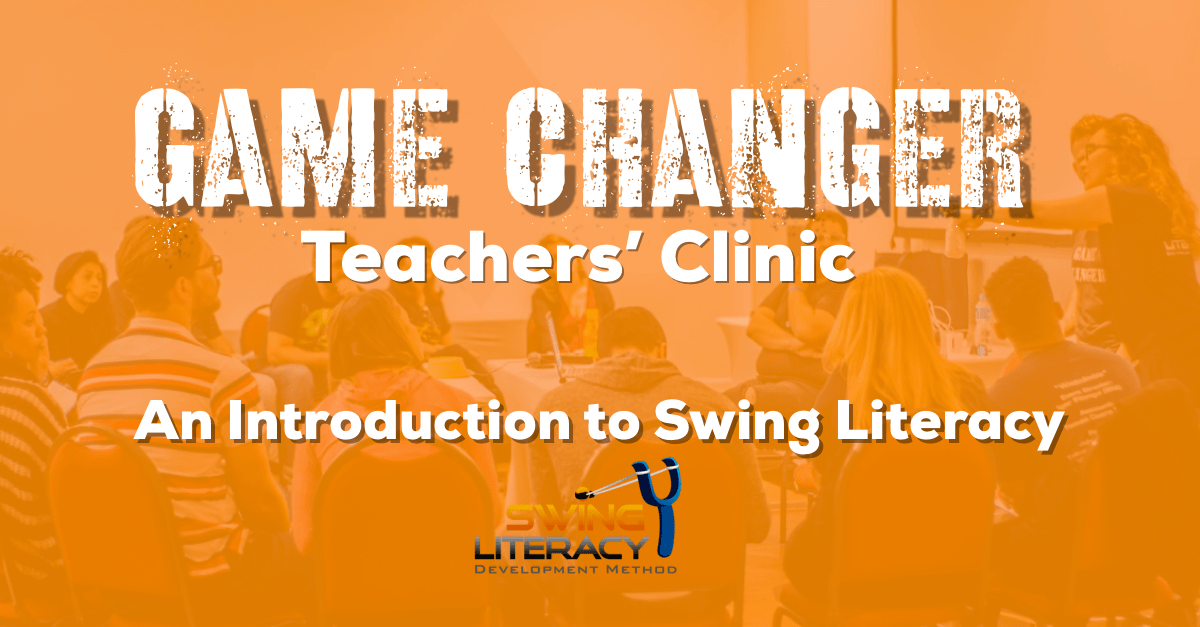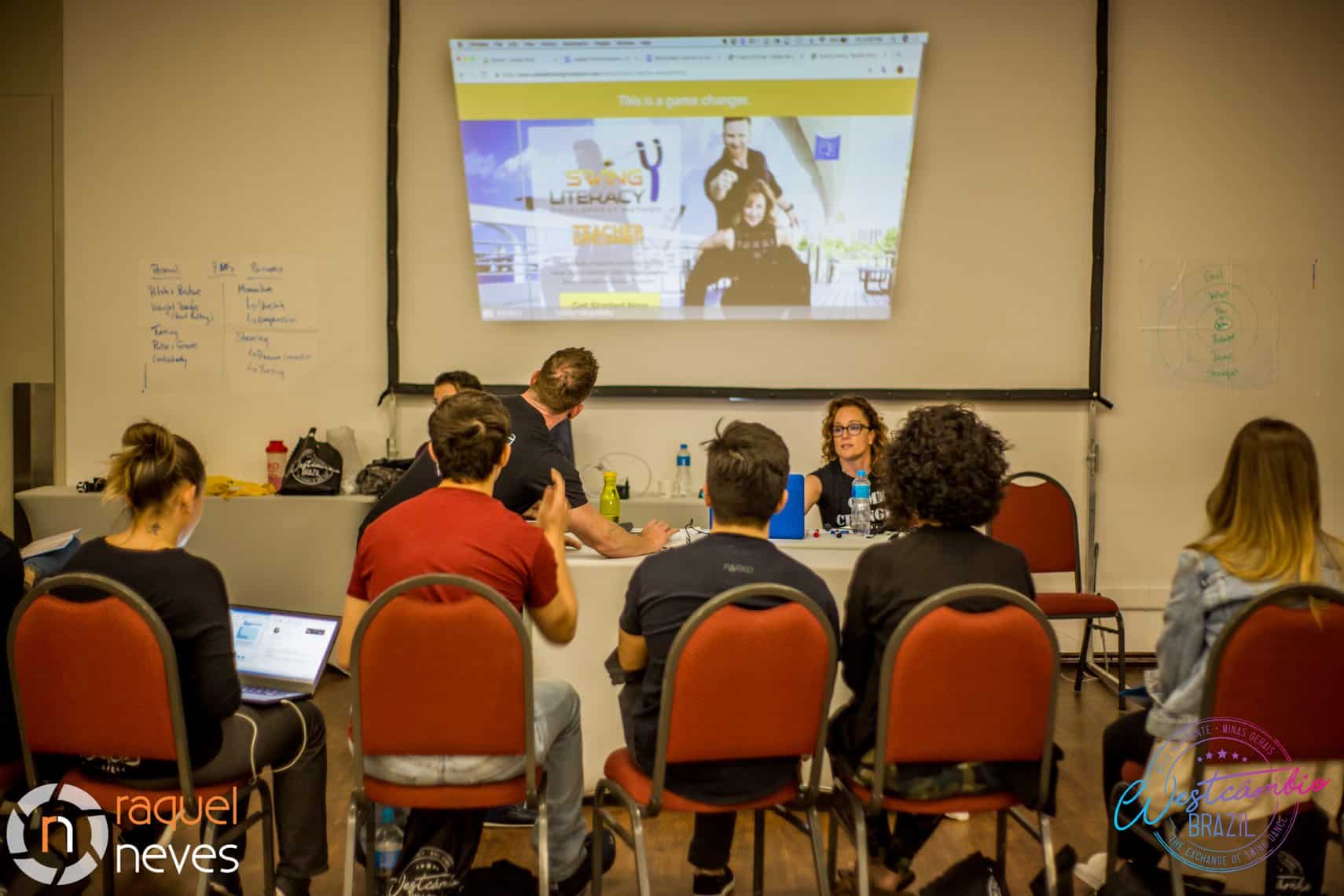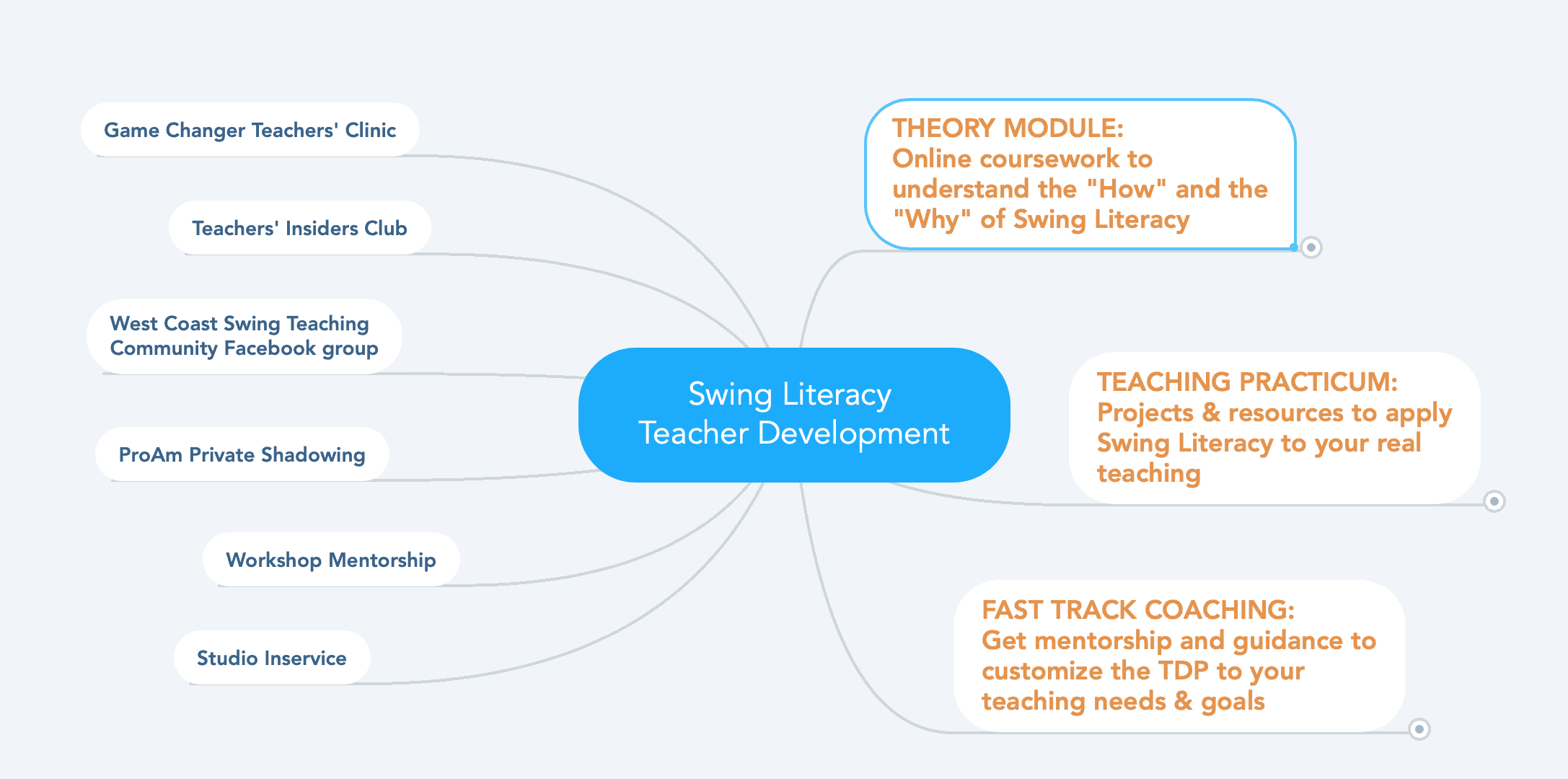No products in the cart.

3 Juicy teaching strategies you might not be using yet
Reading Time: minutes remaining
We invite you to enjoy these rare but super-effective teaching tools from our massive collection:
- Gamification
- Trained Feedback pods
- The Missing W's
Good teachers are collectors, tinkerers, and experimenters. They hunt and gather for nuggets of tips and advice to scuttle home to their students in the hopes that it will entertain them and help them improve.
We know, because we are master collectors. We've tinkered with thousands of toys and experimented with every tool we can find. We keep the best, upgrade the rest, and share all of our wisdom in the Swing Literacy Teacher Development Programs.
Here we've hand-picked just a few for you that are rarer to find. These are teaching tools that you can implement immediately and see a difference in your students.
- Gamification
- Trained Feedback pods
- The Missing W's
Of course, here we've listed just the ingredients, If you want to know how to cook with them, we go deeper into each of them inside the Teacher Development Programs.
1. Gamification
This basically means making a challenge or game out of a task or activity.
Intrinsic Games
While WCS can be considered a team game (which we expand on in the TDP), consider that every skill is a micro-game in itself, for example:
- Using good foot technique while doing 6 count rhythm
- Maintaining rhythm while manipulating a partner
- Timing the bounce of the follower to align with the beat of the music
You can re-frame any skill as a "game" by introducing it with the phrase: "See if you can...."
- "See if you can make the follower bounce back by count 4"
- "See if you can get out of the slot so the follower doesn't collide with you as she passes you"
- "See if you can feel the leader's hand pressing on the side of yours to turn you"
Why this works: Triggering students' "game sense" motivates them to use the new skill or added layer of complexity. It's a win-win: if they succeed at the game, they feel a micro-accomplishment. If they fail at the game, they get instant feedback and feel compelled to learn more details and/or practice more so they can succeed. In other words, failures are desirable and productive and bring the student closer to the end goal so be sure to model a positive attitude when students inevitably make mistakes: it's just a game.
Other prompts you could try:
- "Try..."
- "What if..."
- "Could you add..."
- "Now let's do it with..."
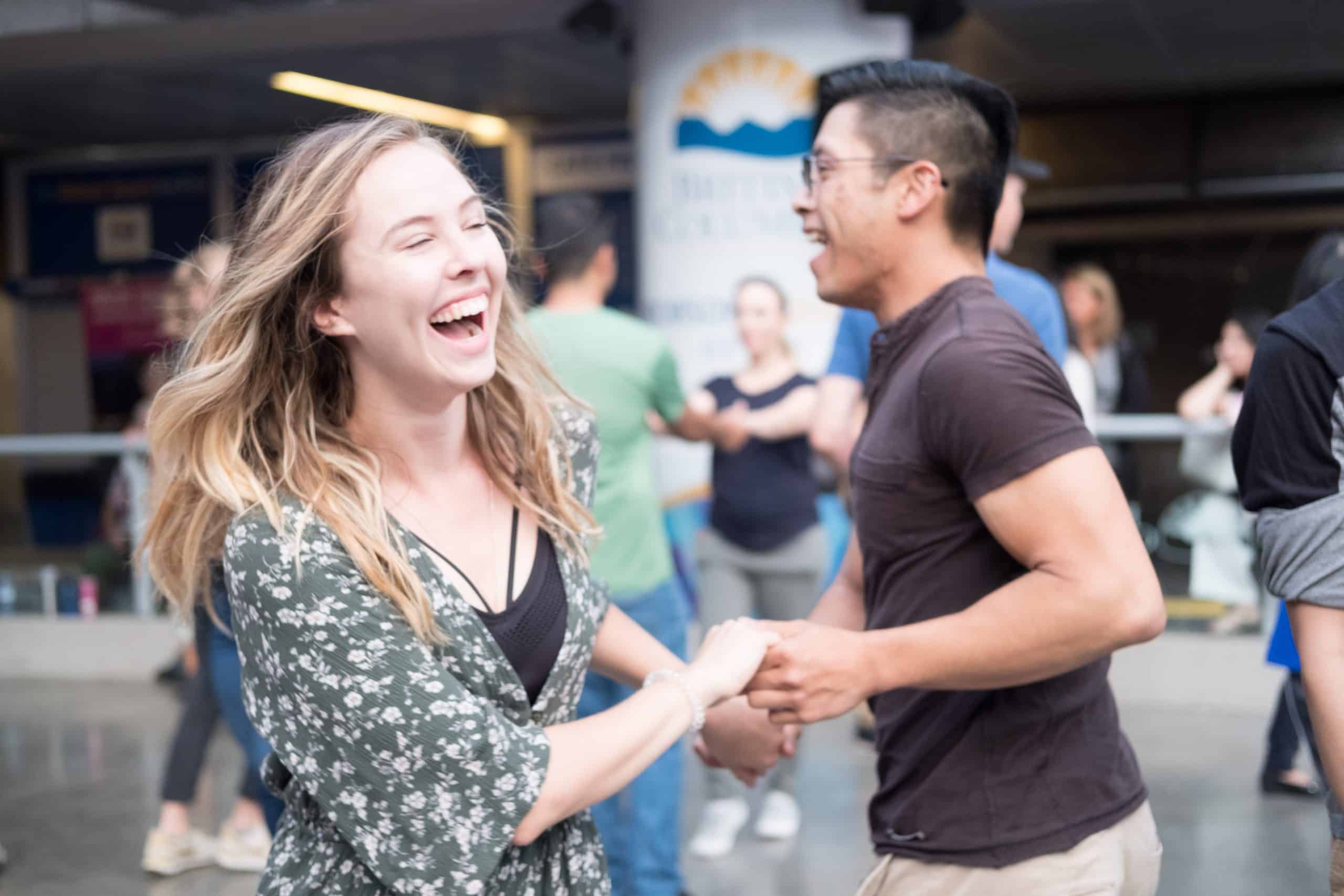
Extrinsic games
Think: races, tap-outs, points earned, team challenge, etc.
I'm sure you can imagine these would add excitement to your class. But how do you make them relevant to WCS?
The most effective way to extrinsically gamify a learning environment is to isolate the skill being taught so students can focus on it, then establish parameters and a metric that will indicate success.
We use games all the time in our Intensives as a way to increase students' kinesthetic learning time, drill the new skill, and put it in a modified (but still authentic) context of WCS.
Examples:
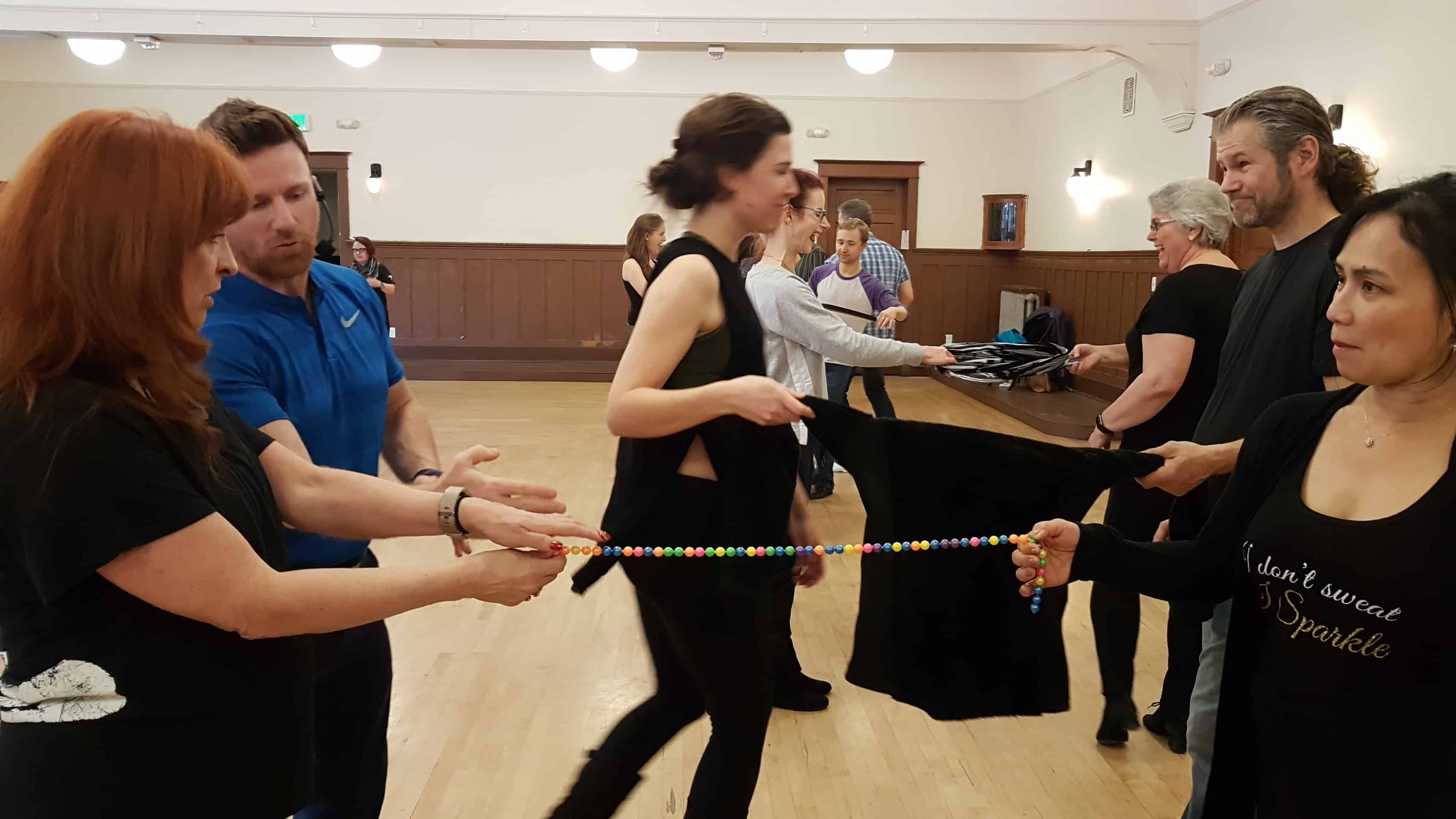
Of course, there's way more where that came from in the TDP, but that'll getcha started.
2. Trained Feedback Pods
Dancers are working in partners all the time.
Whether you like it or not, they are exchanging feedback with their partner. I'm sure you have see the good, the bad, and the ugly in this department. But feedback is a necessary tool in every dancer's development.
Part of your teaching practice should include training students how to give, receive, and request feedback (about dancing). This is a skill that a large percentage of the population never learned in life, so they need to be explicitly taught. Plus, everyone needs to know the expectations of your class and social party environment so they know the boundaries and can enjoy themselves within them.
Here's an article that explains all the tips on Feedback that you would like to tell your students, in a concise package that also includes a printable.
So, let's assume you have given them the handout and you have talked about it in class so they understand the expectations. Now you can start leveraging their feedback for good and not evil.
Then Try this:
This is an exercise that you will have to take time to train your students to do the first time, but will be easy to set up from then on. We're going to mix up the dynamic and have them work in groups of 4.
Have each couple team up with another couple to form a pod of 4. Give all the instructions in advance and a demo before sending them off:
- Explain the skill you want them to work on, for example, measuring the tension increasing in the hand during stretch.
- Explain the drill you want them to do, reinforcing that they should zoom in on the skill, not worry about other elements of the pattern.
- Couple A does the drill. Couple B observes.
- Follower A gives Leader A feedback on the trial, in the form of a request. Couple B listens to the feedback to see how it aligns with what they observed.
- Leader A responds with clarifying questions or paraphrasing, then repeats the drill with corrections. Follower A confirms or revises her feedback. Couple B helps clarify by rewording if necessary, then Leader A tries it again.
- Leader A gives Follower A feedback on the trial, in the form of a request. Couple B listens to the feedback to see how it aligns with what they observed.
- Follower A responds with clarifying questions or paraphrasing, then repeats the drill with corrections. Leader A confirms or revises her feedback. Couple B helps clarify by rewording if necessary, then Follower A tries it again.
- Confirm that everyone is ok with the feedback exchange. If not, discuss requests for adjustments.
- Now Couple A has come to an agreement. Next is to try it on other people.
- Leader B jumps in and replaces Leader A, repeating Follower A's feedback so she can confirm that he is doing it "correctly".
- Leader A does drill with Follower B to get her opinion on how it feels for her. If there is a discrepancy of opinion, all 4 discuss to hear Follower A's preference.
- If Follower B is struggling with something, Leader A tries it with her and offers feedback from his experience doing it with Follower A. Follower A tries to explain how she did it.
- If there is still struggle, it's time to ask the teacher.
- For the next skill, Couple B goes first while Couple A observes.
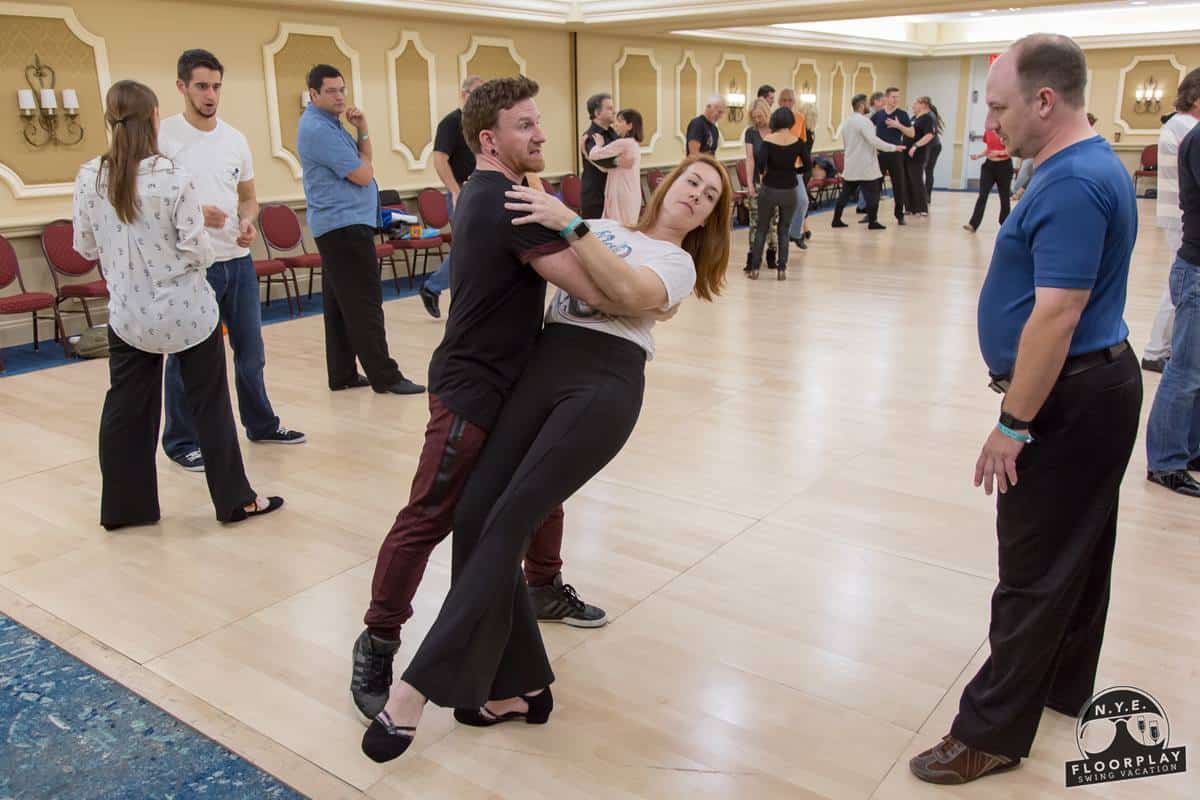
Why this works:
- Having another couple there observing the feedback keeps students accountable for what they say and how they say it to their partner.
- Couple B is training their observation skills by listening to Couple A describe their experiences and preferences.
- Because Couple B is not involved in Couple A's practice trial, they are not emotionally invested and will be better able to hear nuances in the feedback that Couple A might not notice.
- Having another dancer of the same role allows them to experiment with different body types and skillsets.
- Once you set this up and train them the first time, you will be able to cue them to get into their pods of 4 in future classes quickly, then all you have to do is tell them the drill.
For each one of the 100+ drills included in the TDP, we explain why they work.
3. The Missing W's
You know the 5W's: Who, What, When, Where, Why, and How.
It is super common in traditional method WCS classes to teach the "pattern of the day", which usually consists of Tactics: what to do, where, and when. I won't pontificate here on the drawbacks to this method, but I want to give you a tool to make sure whatever you're teaching is being taught thoroughly, leaving as little chance for student confusion as possible.
Let's say you're teaching the class how to do an outside turn to a backhand hip catch.
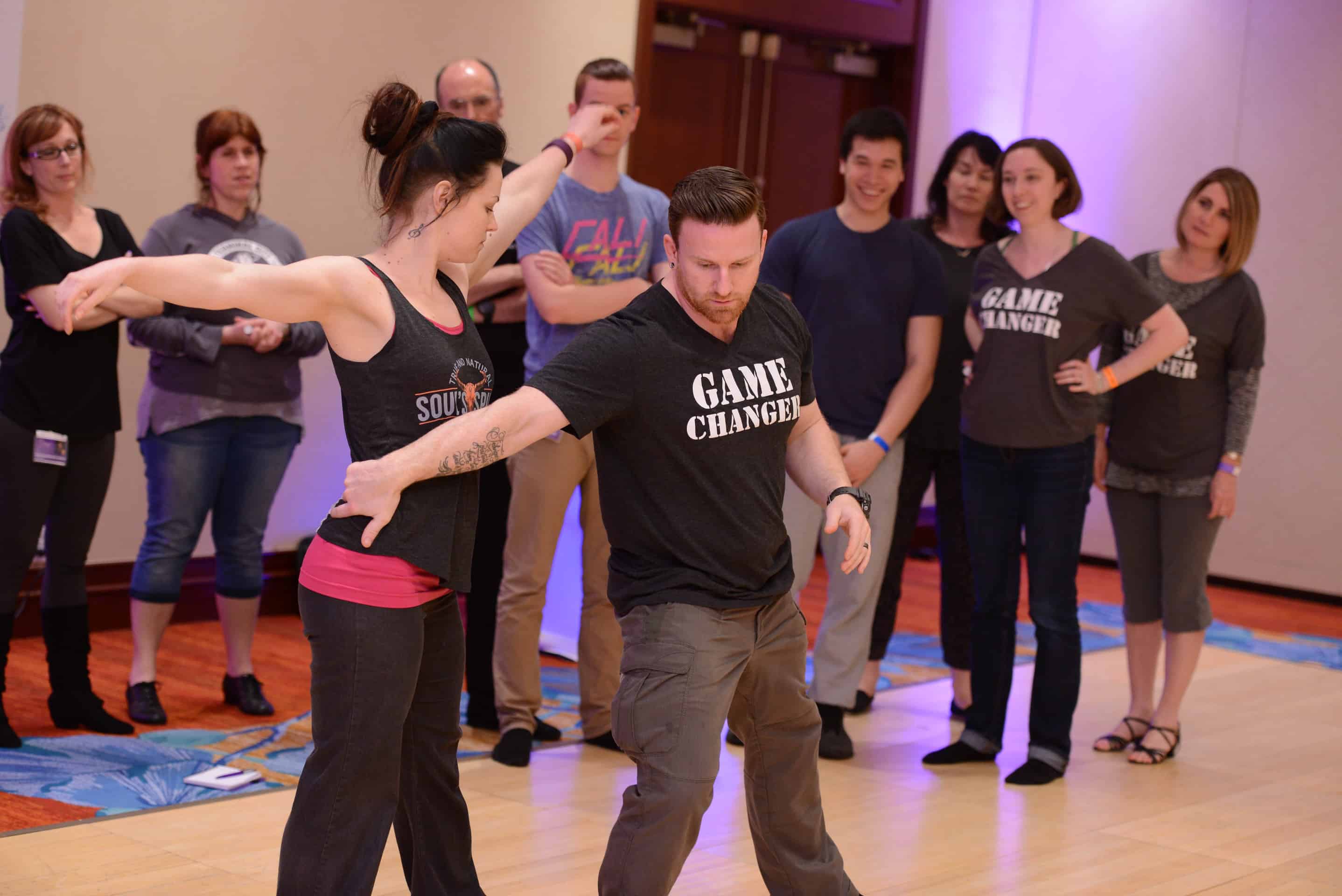
Walking them through the pattern step-by-step will be the slowest way to teach it. No matter how patient. encouraging, and accurate you are, the likelihood of your students being able to do it by the end of class and remember it when they are social dancing will be pretty low.
On the other end of the spectrum, Progressive Skill Development method will be the most effective and efficient way to teach it, and your students will actually be able to remember and apply it in their social dancing. But that's a much deeper well we dive into in the TDP.
So what's in between?
You can increase your effectiveness of teaching this pattern by making sure you are giving your students all the information they need about the new skill/pattern.
Not just what to do, and what count to do it on, but also the W's that tend to get overlooked:

How to do the new skill: Which fundamental skills required: Law of Inertia, catch, countering, deceleration, rotational spring, pitch, pivot, spotting, etc. and how to apply each in this situation.
Who's responsible for what: For example, the leader can't recoil the follower properly if the follower stops herself. Who generates the follower's turn? Who decides the timing, speed, and direction of the resulting turn?
Why does the leader need to absorb the follower before redirecting her? What causes the follower to recoil vs stop? Why might the leader want to stop vs keeping flow? Why might this be a useful skill to learn for other patterns? Why might this be desirable for social dancing?
You can ask yourself these questions (How, Who, and Why) to prepare your lesson plan, but it's also a good idea to model these questions for your students:
"Ok, so we know that the follower is going to continue her momentum unless we stop her, so leaders, ask yourself, "how do I need to redirect her to make it safe, comfortable and on time?""
Why this works: Not only are you giving them a more complete understanding of the new skill which will make it more relevant and increase their chances of being successful at it quicker, you are feeding them a tiny morsel of "how to learn", which is an investment in developing their appreciation for skill learning and reducing pattern obsession.
It's quite possible that you might not have all the answers! You can use these questions to discover holes in your teaching practice so you know where to focus on studying. This is one of the functions of the TDP: making sure you are well-equipped to know the What, When, Where, Who, Why, and How of every skill and pattern you want to help your students learn.
This is just a sliver of the type of content we deliver in both live and online. Want more?
